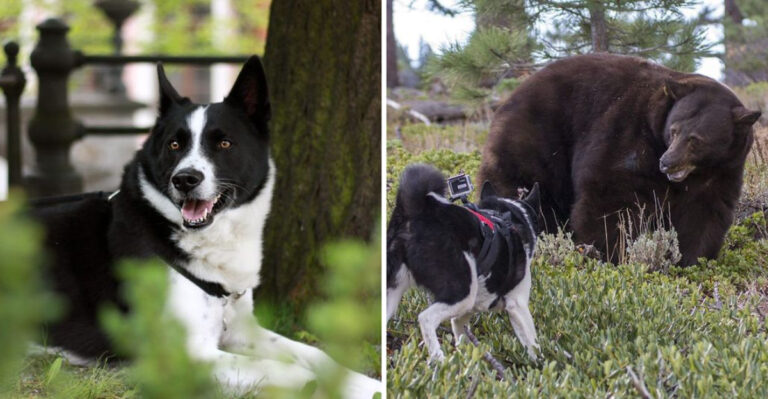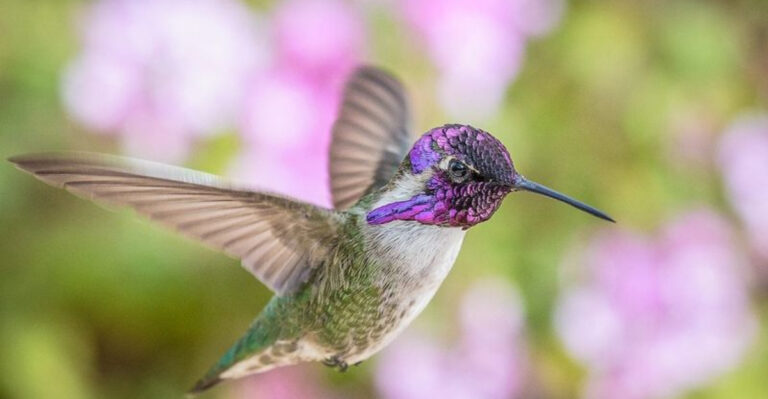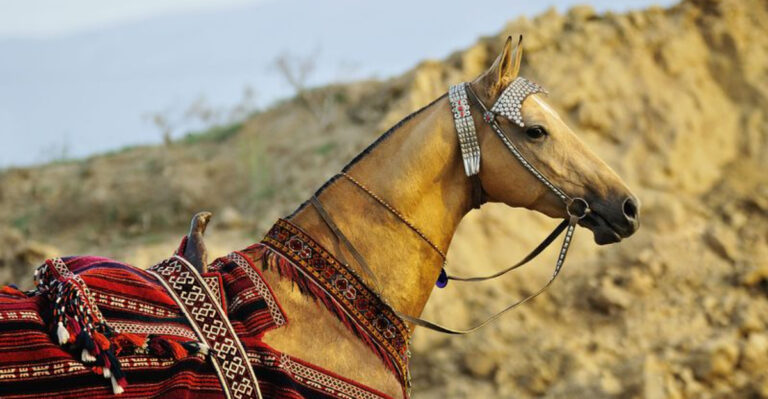Question Of The Day: What’s It Really Like To Live Near Coyotes?
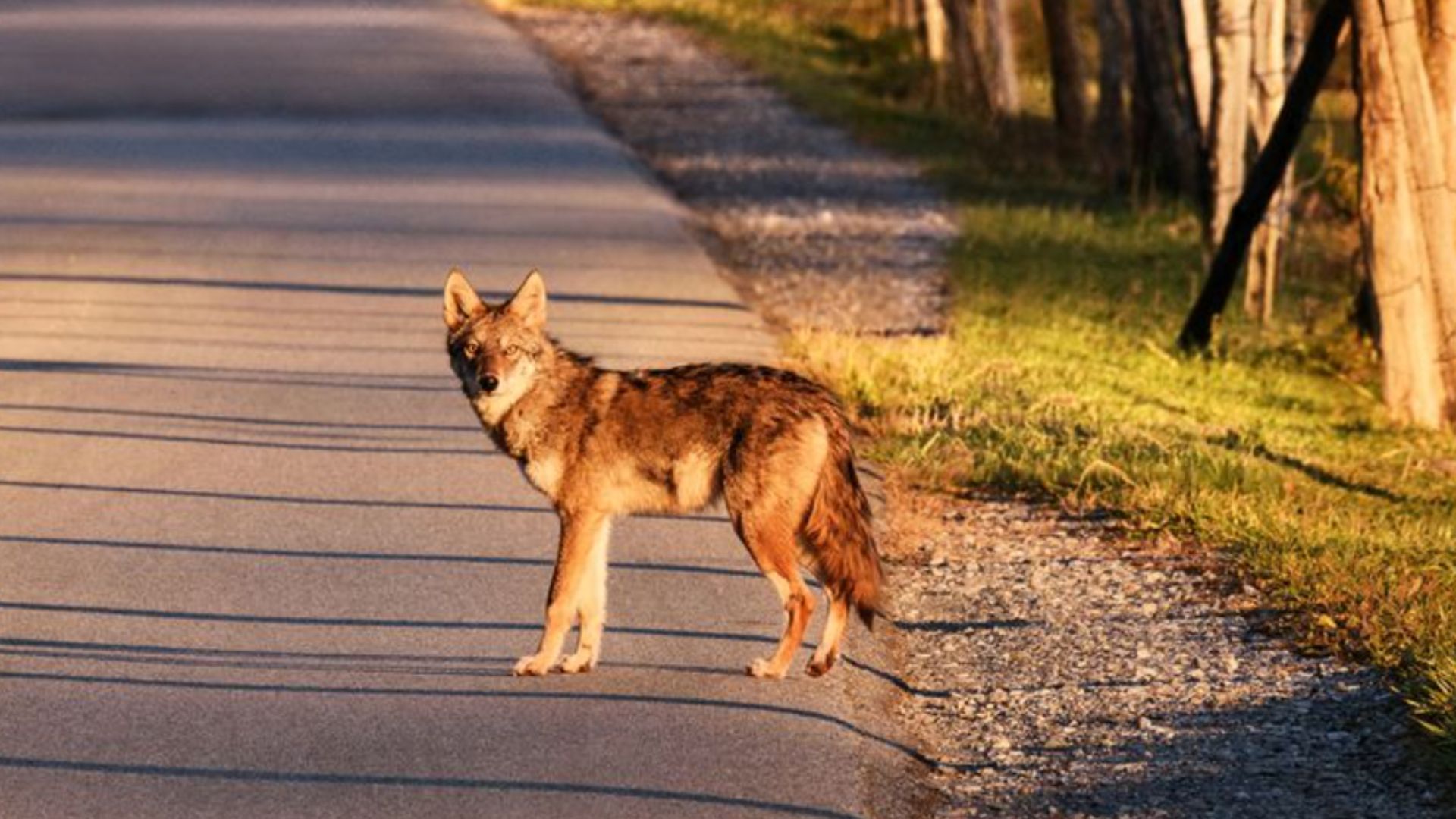
Living near coyotes can offer a unique blend of excitement and unpredictability, as these resilient animals adapt to both wild landscapes and urban settings.
Whether you’re in a rural area or a bustling city, sharing space with coyotes brings both challenges and fascinating opportunities to observe wildlife up close.
These clever creatures have learned to coexist with humans in ways that often go unnoticed, and understanding what it’s like to live near them can offer surprising insights into nature’s adaptability.
Keep reading to discover the reality of living alongside coyotes and how they impact our daily lives.
1. Myths And Realities
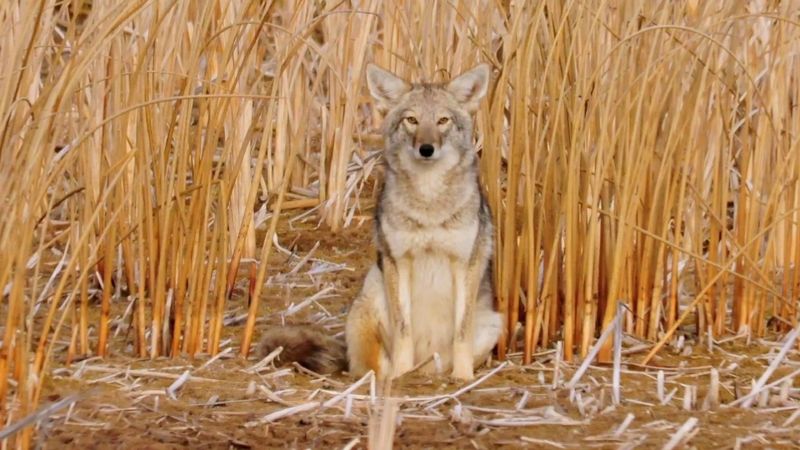
Coyotes are often misunderstood and unfairly seen as dangerous threats. In reality, they are shy creatures that usually avoid humans.
Misconceptions can lead to unnecessary fear and conflict. Educating communities about real coyote behavior helps clear up these myths and encourages safe interactions.
By separating fact from fiction, people can better appreciate coyotes as an important part of the ecosystem, deserving of respect and understanding.
2. Coyotes Are Skilled Survivors
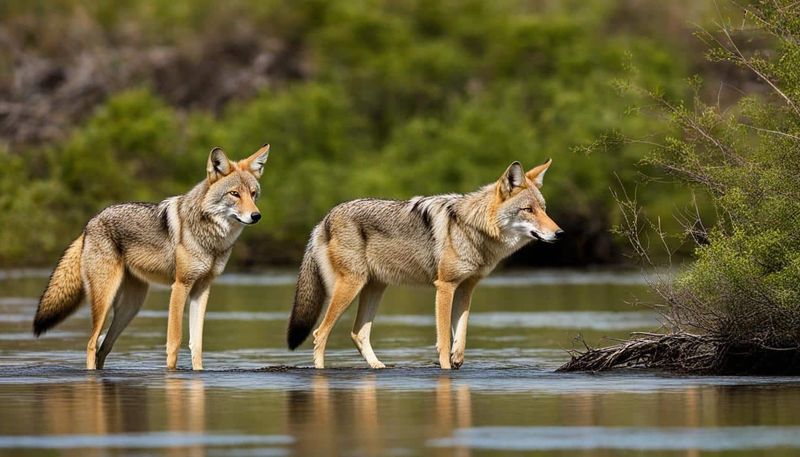
Coyotes are incredibly adaptable and can thrive in forests, deserts, mountains, and even urban areas.
Their ability to live in so many environments has allowed them to expand across North America, including unexpected places.
These resourceful creatures eat a wide range of food, from small animals to fruits, and even garbage when needed.
In cities, coyotes have mastered navigating human structures, avoiding cars, and living alongside people.
3. Unexpected Nocturnal Visitors
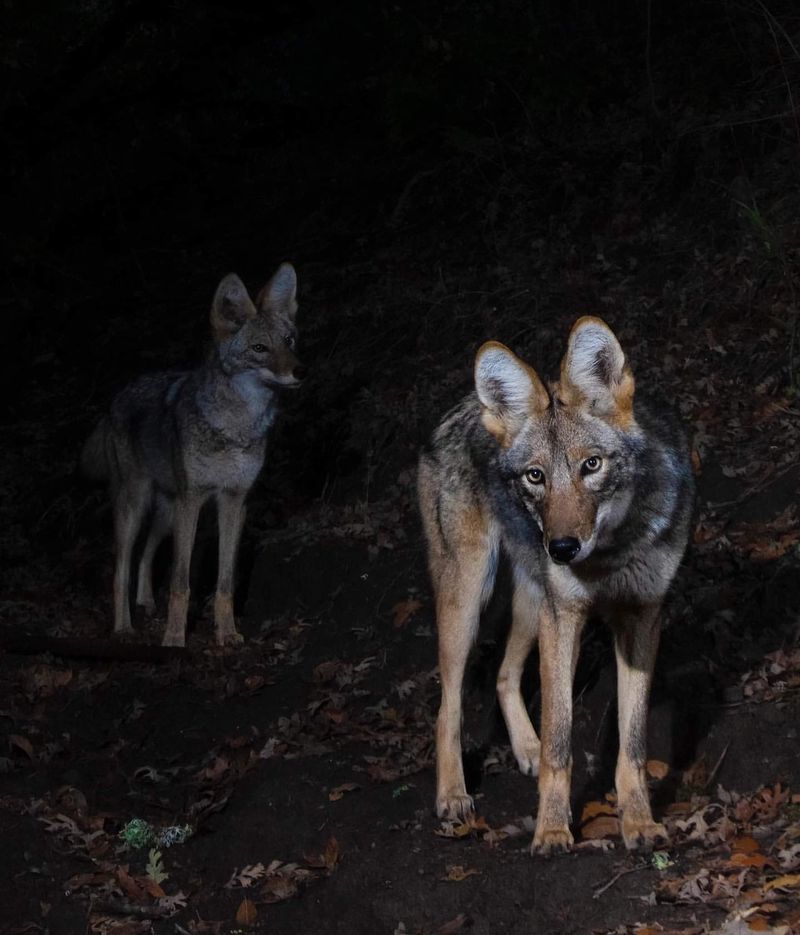
Coyotes are mostly nocturnal, roaming and hunting after dark. It’s no surprise if you only hear their howls echoing through the night.
Their vocalizations may sound eerie, but it’s how they communicate. They’re marking territory or calling to their pack.
If you encounter one at night, be cautious—they’re alert and active. Keep your garbage secure and pets indoors to avoid unwanted visits.
4. Impact On Local Wildlife
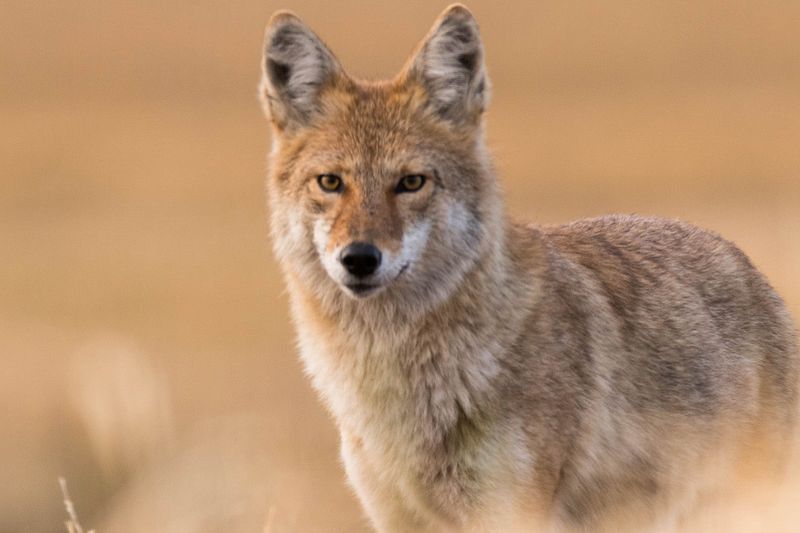
Living near coyotes can impact local wildlife populations. As skilled predators, they help control the numbers of small mammals and rodents, which affects the entire ecosystem.
Their influence on rodent populations can shift bird numbers and impact available food sources.
On the positive side, this control helps protect plant life by preventing overgrazing.
5. Coyote Safety Tips For Pet Owners
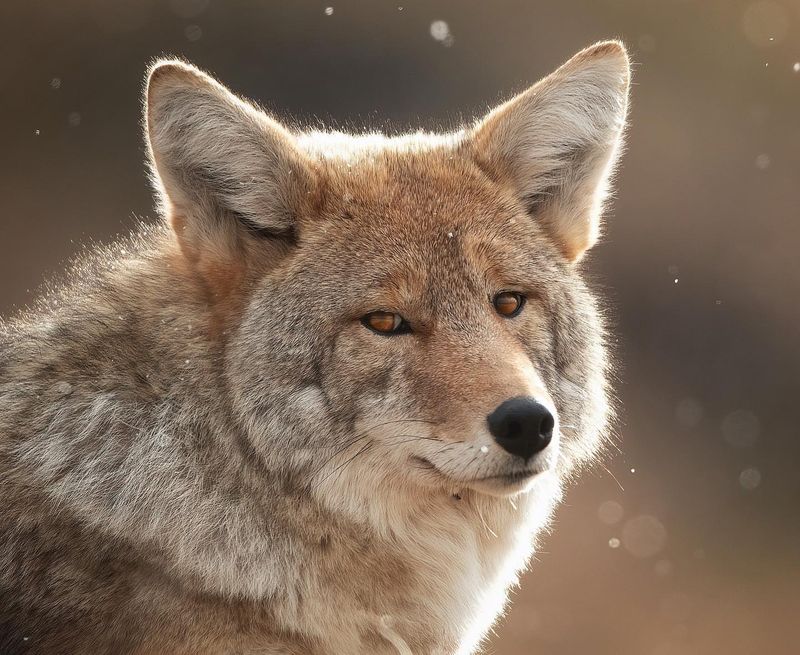
For pet owners, living near coyotes means taking extra precautions during walks and outdoor playtime. Coyotes are naturally curious and can pose a threat to small pets if proper care isn’t taken.
Always keeping pets on a leash, especially in areas known for coyote activity, is crucial.
Teaching pets to avoid coyotes and securing yards with tall fences can also help in ensuring their safety while allowing them to enjoy the outdoors.
6. The Misunderstood Predator
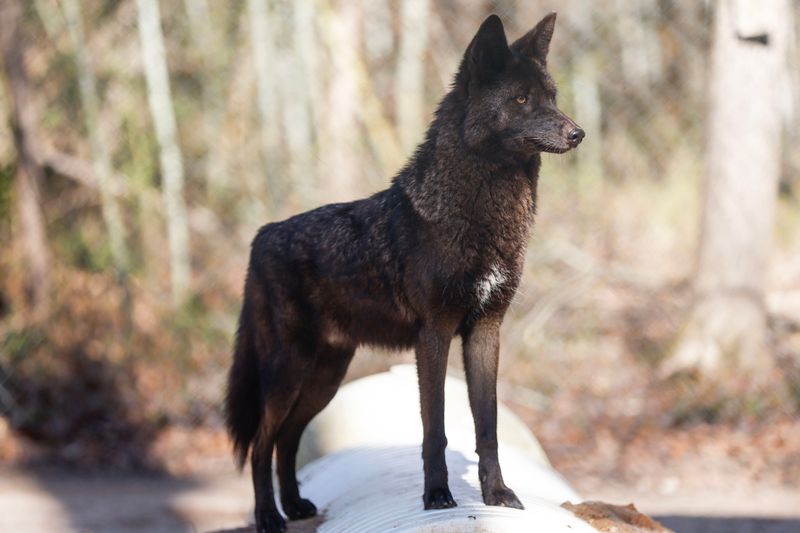
Coyotes are natural predators and play a vital role in controlling rodent and small mammal populations.
Their hunting habits can sometimes lead to conflicts, especially when pets are involved.
By keeping certain species’ populations in check, they help maintain ecological balance.
Educating people about their role can reduce fears and increase respect for these important predators.
7. Coyote Diet Diversity
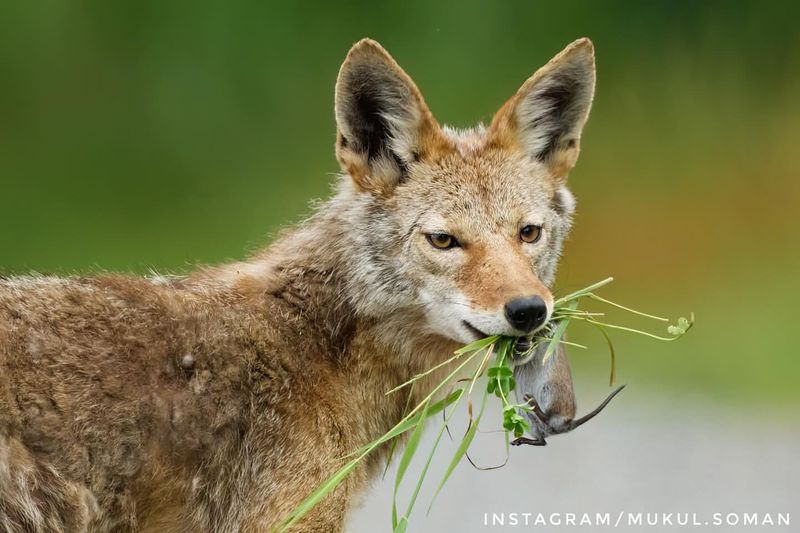
Coyotes have an impressively diverse diet, making them adaptable to many habitats. They eat small mammals, birds, fruits, and sometimes even human waste.
This flexibility helps them thrive in both rural and urban areas, where food sources vary.
As scavengers, they play a key role in keeping ecosystems clean by consuming carrion and organic waste.
8. Adapting To Urban Environments
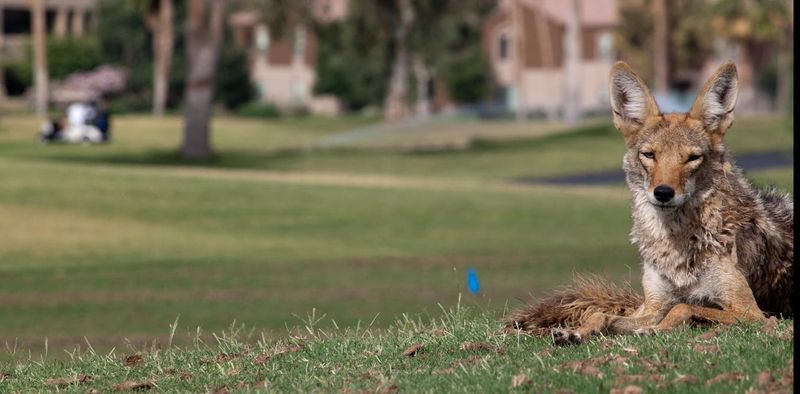
Coyotes have increasingly made themselves at home in urban environments. They’ve adapted well, finding food and shelter in the most unexpected places.
They navigate through traffic, use urban parks, and even live in residential neighborhoods. This shows just how smart and resourceful they are.
City dwellers can help by understanding how coyotes fit into the urban ecosystem. Taking precautions can minimize conflicts and help us coexist.
9. The Importance Of Territory
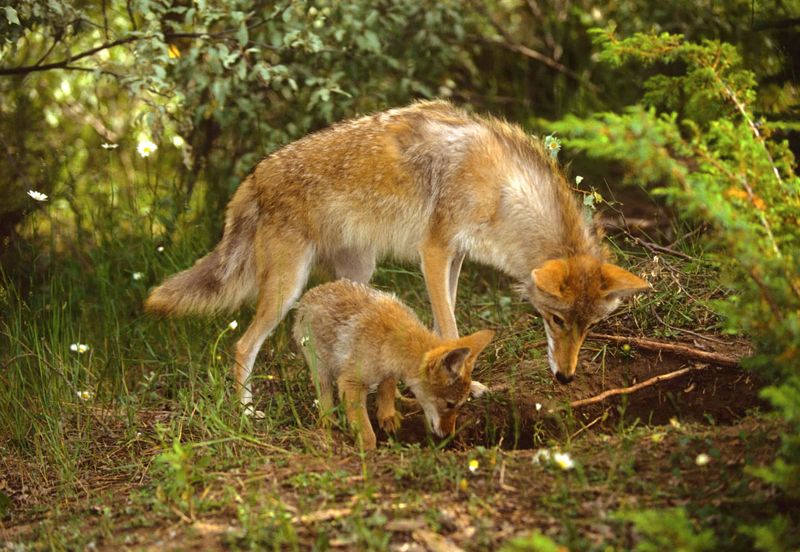
Territorial behavior is key to coyote life. They use scent markings and vocalizations to establish boundaries and keep intruders away.
Their territories can vary greatly, from a few square miles in cities to much larger areas in rural regions.
This helps ensure enough resources for their families and reduces conflicts with other coyotes.
10. Masters Of Communication
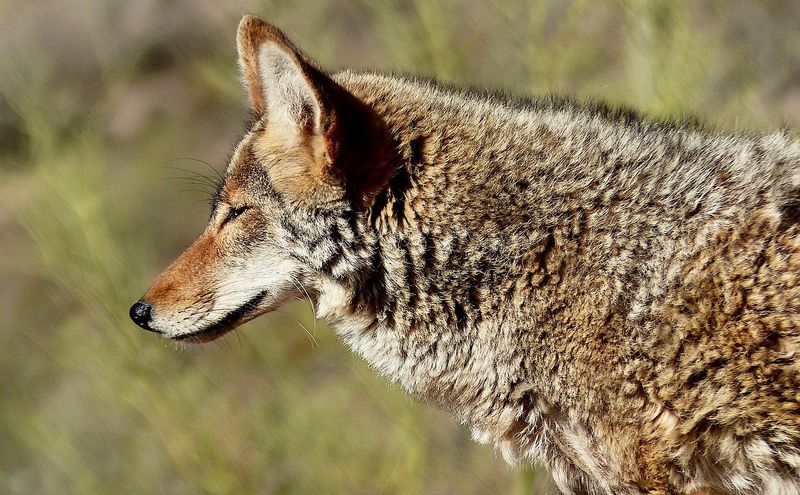
Coyotes have a complex communication system, using howls, yips, and barks to convey messages. These sounds are not random; each one has a specific purpose.
They use vocalizations to signal danger, mark territory, or call their pack together.
Understanding these sounds gives insight into their behaviors and social structures.
11. Coyote Family Dynamics
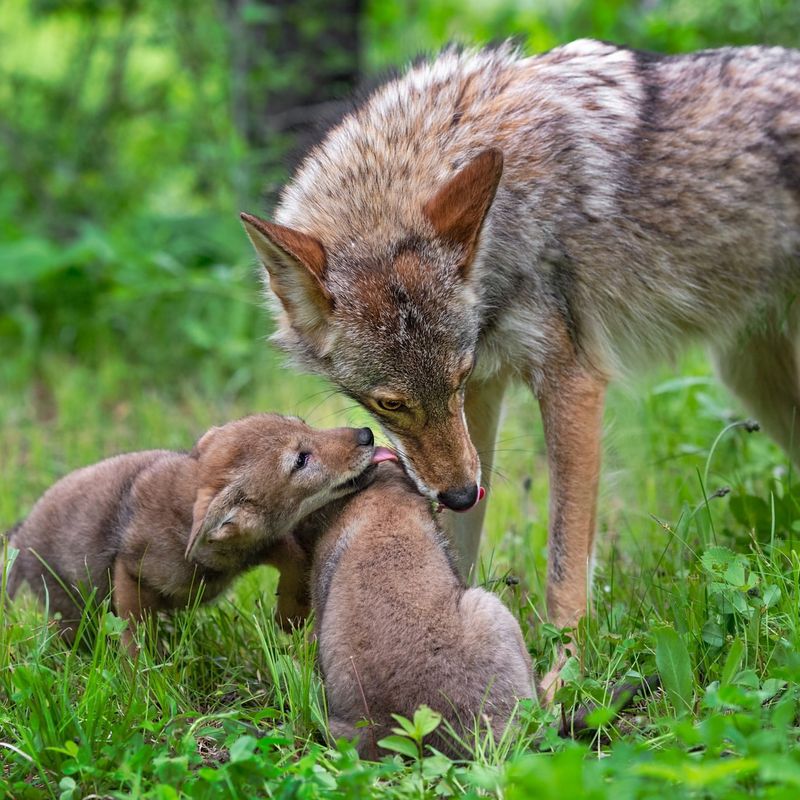
Coyotes live in family units made up of parents and their young. These packs work together in hunting and caring for the pups, creating a strong family dynamic.
Pups learn survival skills through play and interactions with adult coyotes, which strengthens family bonds. This cooperation helps ensure the survival of the pack.
Watching these social structures can give us valuable insights into their behaviors and show how important family is in the animal kingdom.
12. The Coyote’s Role In The Ecosystem
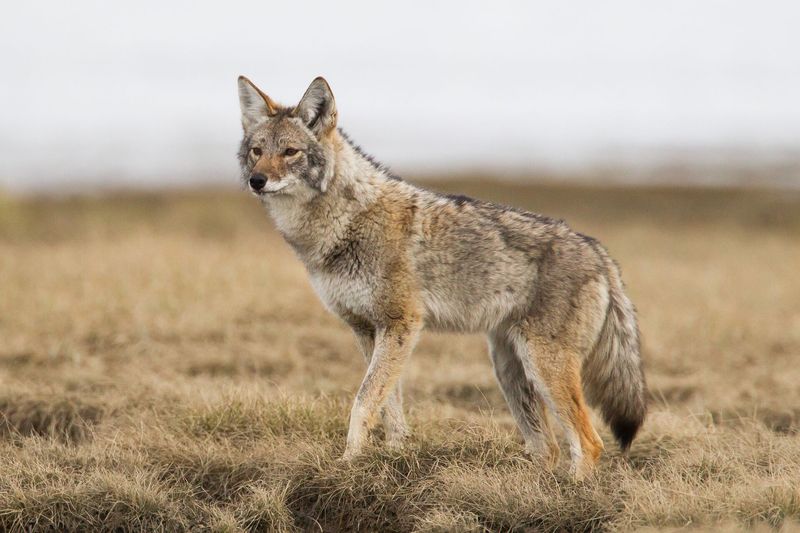
Coyotes play a vital role in the ecosystem, acting as natural pest controllers by preying on rodents and small mammals.
In doing so, they help maintain a balance, preventing overpopulation of these species which can lead to agricultural damage.
Their presence is a reminder of nature’s delicate equilibrium, where each species has its part to play.
By understanding and respecting this role, we gain a deeper appreciation for the intricate web of life that surrounds us.
13. Coyote Urban Legends
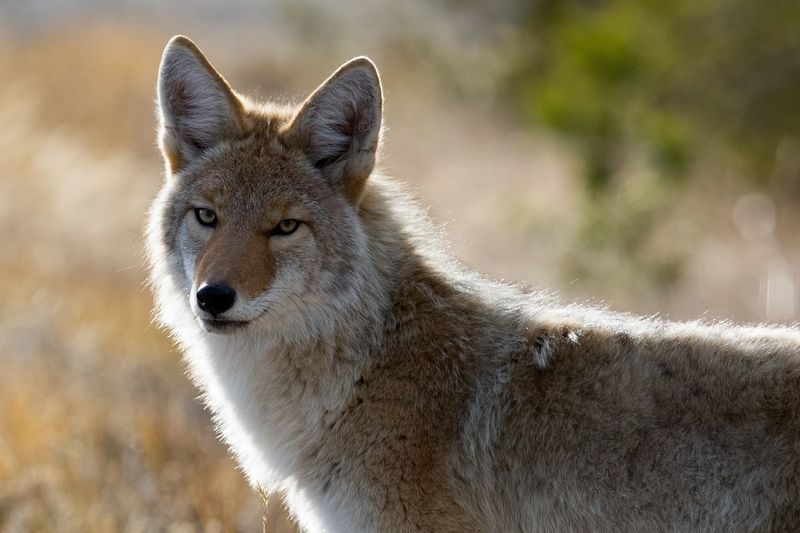
Coyotes often become the subject of urban legends. Many tales exaggerate their cunning and adaptability, turning them into almost mythical creatures. A story might tell of a coyote outsmarting a seasoned hunter, adding to their enigmatic reputation.
Locals might share anecdotes of clever coyotes who raid garbage bins or elude capture, showcasing their wit. These stories, passed down through generations, reflect human fascination and fear intertwined.
Indeed, coyotes are clever, but these legends often blur the line between fact and fiction, creating an aura of mystery around these urban neighbors.
14. Coyote Encounters
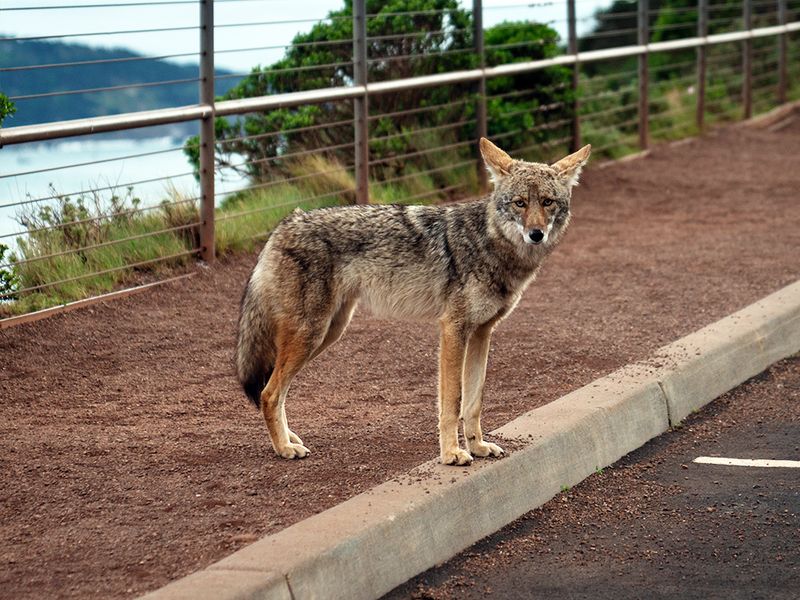
Spotting a coyote in your neighborhood can be unexpected yet increasingly common. These encounters can be thrilling, yet they remind us of the wild lurking amidst our daily lives.
Coyotes bring a piece of wilderness to suburbia, often catching residents by surprise. They stealthily navigate streets and yards, leaving only fleeting glimpses.
Such encounters evoke a mix of excitement and caution. They serve as a reminder of nature’s resilience and adaptability, challenging our perceptions of urban spaces.

